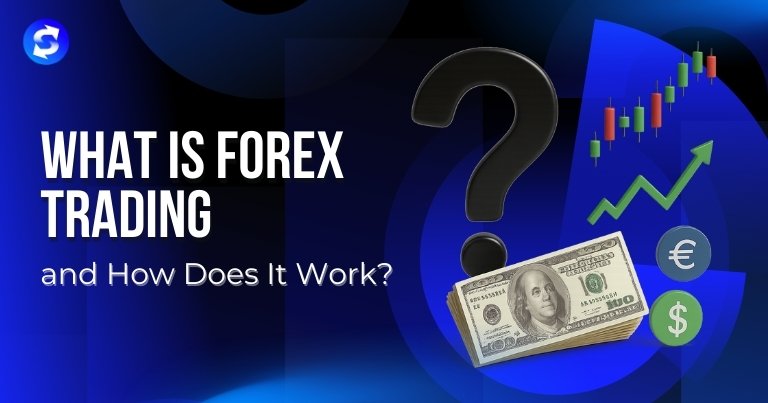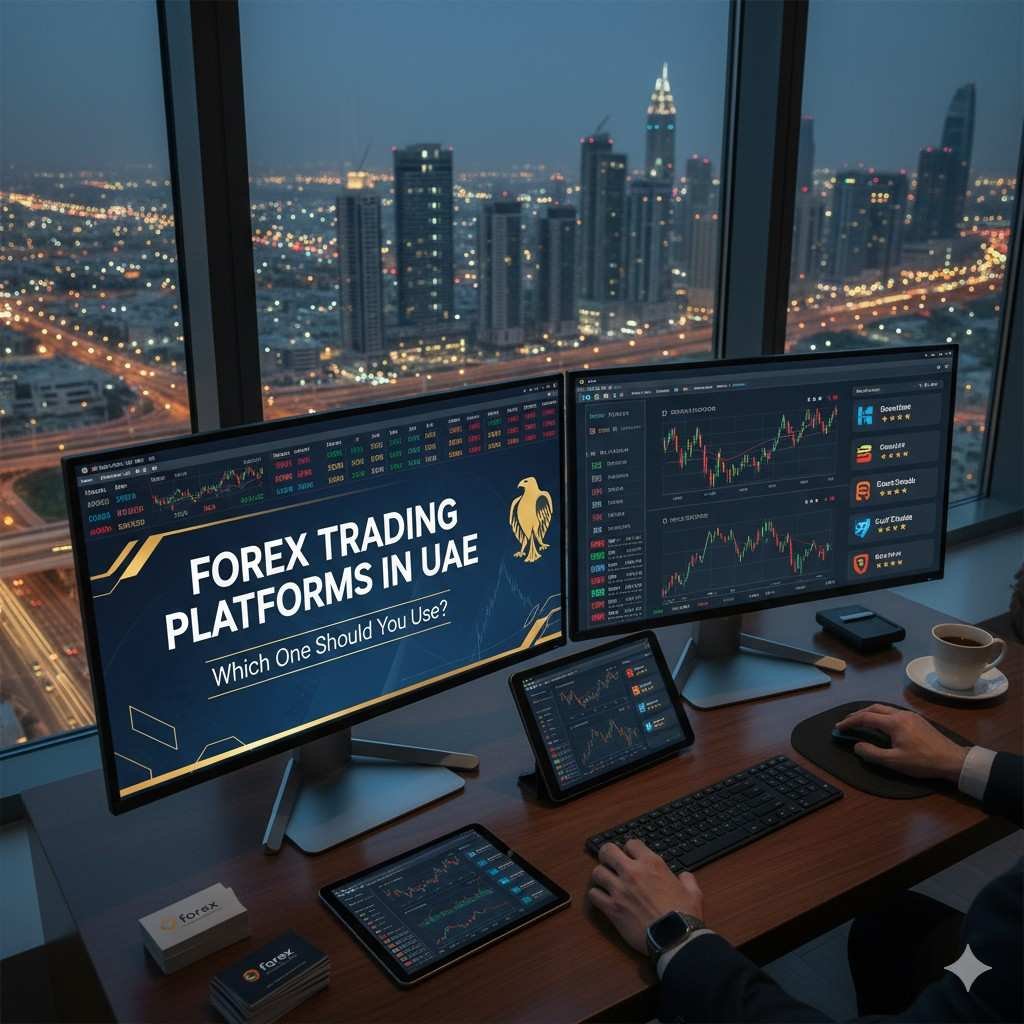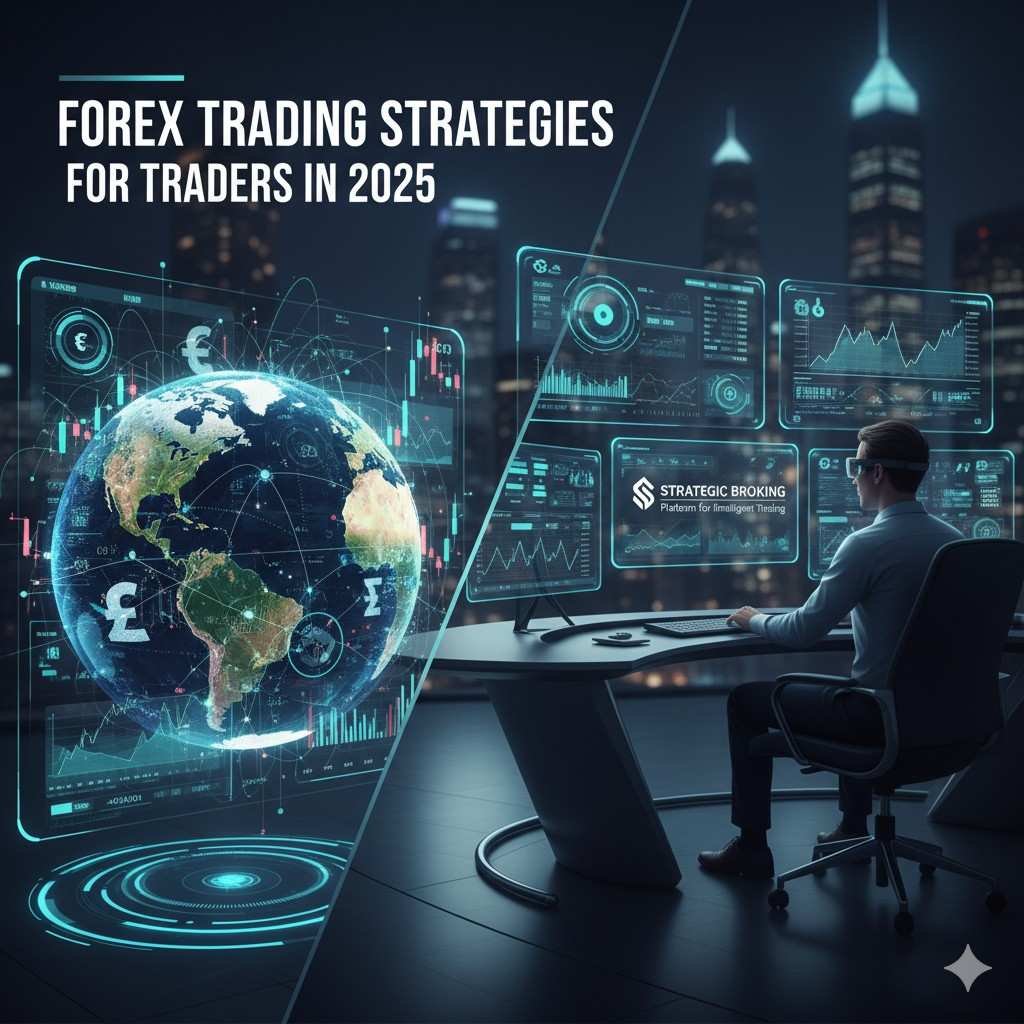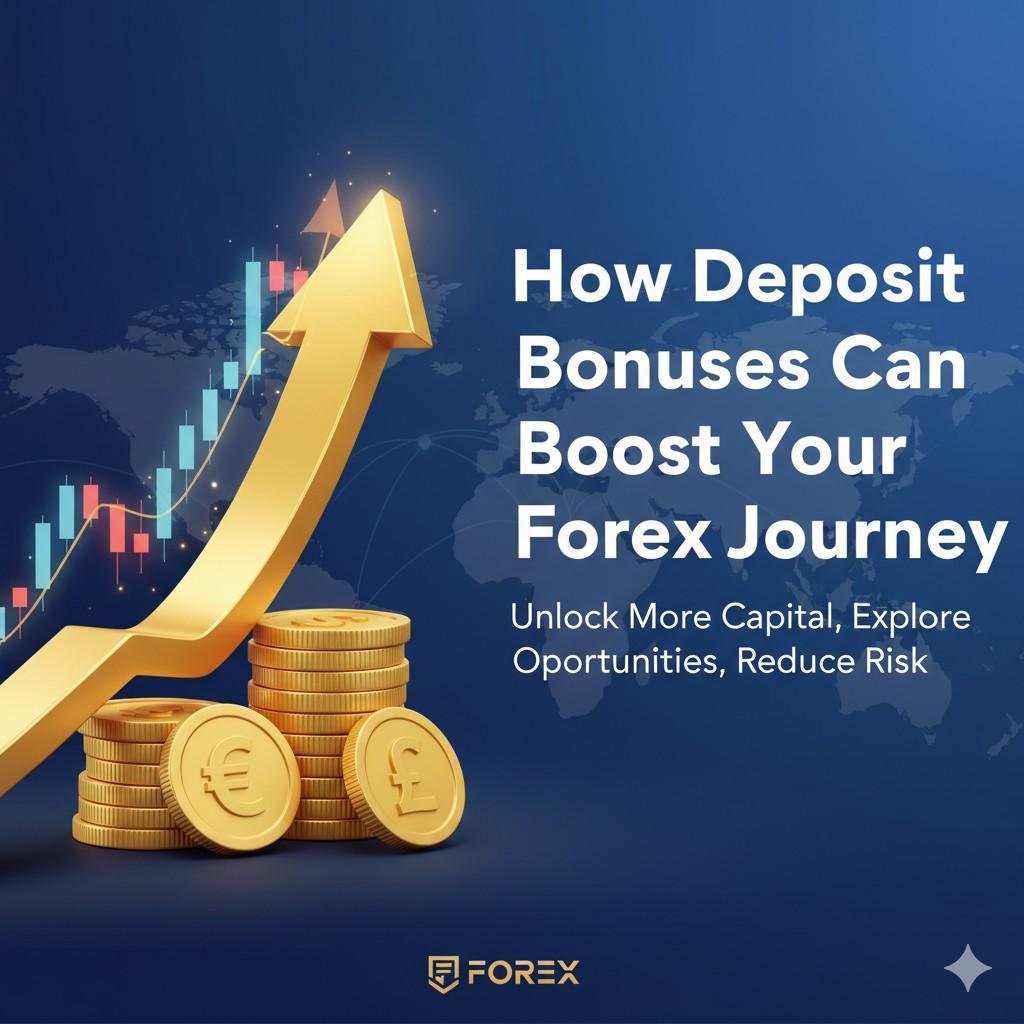Understand the world’s largest financial market and how you can start trading forex today.

Introduction to Forex Trading
The global forex market sees over $7 trillion traded daily — more than any other market in the world. Yet for many, it remains a mystery. Whether you’ve seen terms like “FX trading” or “foreign exchange” pop up on social media, or you’re genuinely curious about investing, understanding forex is the first step to getting involved. In this guide, we’ll break down exactly what forex trading is, how it works, and how you can get started, especially if you’re in regions like India or Dubai, where forex is gaining serious traction.
What Is Forex Trading?
Forex trading, or foreign exchange trading, refers to the process of buying and selling currencies with the goal of making a profit. Unlike stock markets that operate through central exchanges, forex is traded over-the-counter (OTC), meaning transactions happen electronically between traders across the globe, 24 hours a day.
You’ve already engaged with forex if you’ve ever exchanged currency for travel. But traders go a step further — they speculate on the price movement of currency pairs (like EUR/USD or USD/JPY). If you think the euro will strengthen against the US dollar, you’ll buy the EUR/USD pair. If it weakens, you sell.
Key Characteristics:
- Decentralized: No central exchange or physical location.
- Highly Liquid: Massive daily volumes ensure quick trades.
- Leverage-Friendly: Brokers offer leverage up to 1:500 in some regions.
- 24/5 Market: Operates Monday through Friday, around the clock.
How Does Forex Trading Work?
At its core, forex trading is about predicting whether one currency will rise or fall in value relative to another. Here’s how it unfolds:
1. Currency Pairs
Forex trades always involve a pair of currencies — the base currency and the quote currency. For example, in EUR/USD:
- EUR = base currency
- USD = quote currency
If EUR/USD is at 1.1000, it means 1 Euro = 1.10 US Dollars.
2. Price Movement (Pips)
Forex prices change in small units called pips. One pip is usually 0.0001 of a price movement. Traders earn or lose money based on how many pips the market moves in their favor or against them.
3. Leverage & Margin
Forex brokers often offer leverage — meaning you can control a large trade with a smaller deposit (margin). For example, with 1:100 leverage, you can trade $100,000 with just $1,000. This amplifies both gains and risks.
4. Buy & Sell Orders
- If you believe the base currency will strengthen, you buy the pair (go long).
- If you believe it will weaken, you sell (go short).
5. Using Trading Platforms
Most traders use platforms like MetaTrader 5 (MT5), cTrader, or custom apps to analyze charts, apply strategies, and execute trades. These platforms connect you to liquidity providers through your broker.
6. Spreads and Commissions
Brokers earn through the spread (the difference between buying and selling price) or charge commissions per trade. Lower spreads often indicate a better broker setup.
Why Do People Trade Forex?
Forex trading appeals to a wide range of traders — from beginners to professionals — for several reasons:
- Accessibility: Start with small capital and a demo account.
- High Liquidity: Easily enter and exit trades without delay.
- Volatility: Price swings create frequent profit opportunities.
- Leverage: Potential for larger returns with small deposits.
- Diversification: Offers an alternative to stock or crypto markets.
Who Participates in the Forex Market?
Understanding who trades helps you recognize how prices move.
- Retail Traders
Individuals like you and me, trading via brokers for profit. - Banks & Financial Institutions
Major players accounting for the majority of daily volume. - Central Banks
Control national monetary policies, which influence currency value. - Corporations
Multinational companies exchange currencies for international operations. - Hedge Funds & Investment Firms
Trade large volumes based on macroeconomic and geopolitical trends.
Major Forex Trading Sessions
Forex is open 24 hours a day — but not all hours are equally active. The global market is split into 4 main sessions:
| Session | Major Centers | Best Pairs to Trade |
| Sydney | Sydney, Wellington | AUD/USD, NZD/USD |
| Tokyo (Asia) | Tokyo, Singapore | USD/JPY, EUR/JPY, GBP/JPY |
| London | London, Frankfurt | EUR/USD, GBP/USD |
| New York | New York, Toronto | USD/CAD, USD/CHF |
The London-New York overlap (12–4 PM GMT) is the most liquid time for trading.
Most Traded Currency Pairs
The top 3 categories:
1. Majors
These involve the USD and are the most liquid:
- EUR/USD
- USD/JPY
- GBP/USD
- USD/CHF
2. Minors
Pairs without USD but involve other major currencies:
- EUR/GBP
- GBP/JPY
- AUD/NZD
3. Exotics
Major currencies paired with emerging-market currencies:
- USD/TRY
- EUR/SEK
- GBP/ZAR
Common Forex Trading Terms
A quick glossary to help you get started:
- Pip: Smallest price movement in a currency pair.
- Lot: Standard unit size. 1 standard lot = 100,000 units.
- Spread: Difference between bid and ask price.
- Stop-Loss: Order to limit your losses.
- Take-Profit: Order to lock in profits automatically.
- Leverage: Borrowed funds to trade larger volumes.
- Margin Call: Warning when your account lacks funds to cover losses.
How to Start Forex Trading (India & Dubai)
1. Choose a Trusted Forex Broker
Ensure the broker is regulated. In Dubai, look for DFSA, VARA, or Central Bank approvals. In India, direct forex trading is regulated by SEBI and RBI — but many Indians use international brokers.
2. Open a Live or Demo Account
Try with a demo account first. Then submit KYC documents and open a real trading account.
3. Fund Your Account
Use bank transfers, e-wallets, or crypto, depending on broker support.
4. Install a Trading Platform
MT5 is the most recommended platform for 2025. Install it on desktop or mobile.
5. Start Small, Learn Fast
Begin with micro lots, use stop-loss orders, and learn charting and news impact before scaling.
Mistakes to Avoid as a Beginner
- Overleveraging without a clear risk plan
- Trading without stop-losses
- Chasing quick profits instead of learning strategy
- Ignoring economic news releases
- Choosing unregulated brokers with unrealistic promises
FAQs
Q1: Is forex trading legal in India and Dubai?
In Dubai — yes, under DFSA/VARA regulations. In India — only through authorized platforms like NSE/BSE for select currency pairs.
Q2: How much money do I need to start trading forex?
You can start with as little as $50–$100, but $500+ gives you better margin flexibility.
Q3: Can I trade forex without experience?
Yes, via demo accounts. But real success requires education, practice, and discipline.
Q4: Is forex trading risky?
Yes. High leverage increases both profit and loss potential. Always manage risk.
Q5: What is the best platform for forex trading?
MT5 is widely used for its speed, security, and multi-asset capabilities.
Final Thoughts
Now that you understand what forex trading is and how forex trading works, you’re ready to explore the world’s most liquid market with greater clarity. Whether you’re in Dubai, India, or anywhere else, your success starts with choosing the right broker, platform, and strategy.







